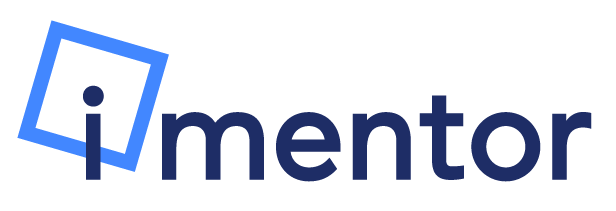As you decide whether PSP4P is the right fit for your program, please consider the following.
Mission Alignment
Post-secondary programming is an impactful way to make good on the work done in the mentor2.0 program, but serves youth outside of the traditional BBBS age-range. Is expanding your impact to college-aged youth a goal of your organization?
Program Quality
Post-secondary programming works best for partners with established and well-run mentor2.0 programs. Is your high-school programming running effectively enough to turn your attention to a new program?
Leadership and Staff Commitment
PSP4P is a major undertaking and will be best run with enthusiastic advocates at all levels of the organization. Do your Board, funders, and program leaders believe in the impact of post-secondary programming and recognize its added value to your agency? Do you have staff that will be energized by getting involved with a new program?
Capacity
With the understanding that iMentor provides comprehensive launch support, it is important to make sure you have the resources to run an effective post-secondary program:
- Staffing: Do you have staff capacity to manage a caseload of post-secondary students, knowing that 1-1 advising is a key element of the PSP4P model?
- Tech: Will you want to purchase additional software beyond iMentor's Platform and BBBS's Matchforce to assist in the support and tracking of your post-secondary pairs?
- Training: Do you have access to local post-secondary resources and partners that can aid in the implementation of PSP4P?
Other Considerations
- Whom will you serve?
- All mentor2.0 students, regardless of match status, or matched pairs only
- Students pursuing any post-secondary pathway or restricting the program to select pathways
- What costs will you incur to implement the program and can you secure funding for these items?
- Incentives to drive student engagement at advising sessions
- Emergency Need Fund available to students
- In-person event space and materials
- Membership to local and national post-secondary networks

